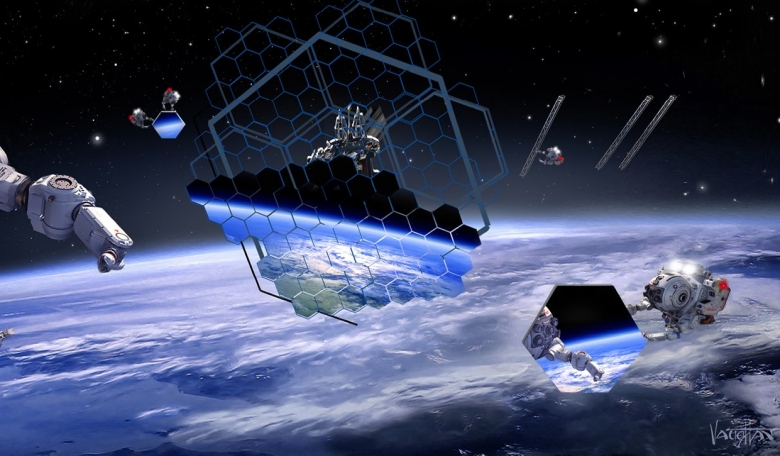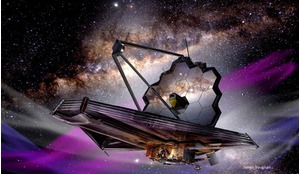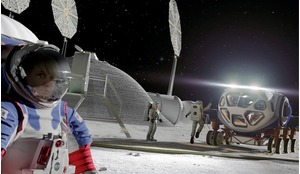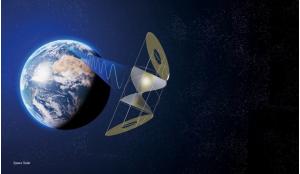Historically, the assembly of spacecraft on the ground and their integration into a launch vehicle places many constraints on the capabilities that can be deployed in space, including adding to the cost of launch. In contrast, onorbit assembly offers a pathway to address such limitations in a variety of ways. Here, Iain Boyd and Bhavya Lal of the Washington-based Science & Technology Policy Institute (STPI), assess how on-orbit assembly is poised to dramatically change a number of key space missions within the next decade.
Historically, the assembly of spacecraft on the ground and their integration into a launch vehicle places many constraints on the capabilities that can be deployed in space, including adding to the cost of launch. In contrast, onorbit assembly offers a pathway to address such limitations in a variety of ways. Here, Iain Boyd and Bhavya Lal of the Washington-based Science & Technology Policy Institute (STPI), assess how on-orbit assembly is poised to dramatically change a number of key space missions within the next decade.
The search for exoplanets is one of the most exciting space science endeavours and though NASA’s James Webb telescope will cost about US$9 billion it may be too small to yield clear scientific conclusions on exoplanets.
To deploy a telescope with double the aperture of James Webb would impose an estimated cost increase to US$36 billion. Such monumental and ultimately unsustainable costs emerge from current concepts in spacecraft design and manufacturing, principally based on the need to fully assemble objects on the ground before launch.
Ground assembly and integration into a launch vehicle imposes significant limitations on the size, volume and design of payloads that can be accommodated within the fairing of a single launch vehicle, the largest of which is less than six metres in diameter.
Find out more about the benefits of on-orbit assembly in the full version of this ROOM Special Report, available now to our subscribers.














